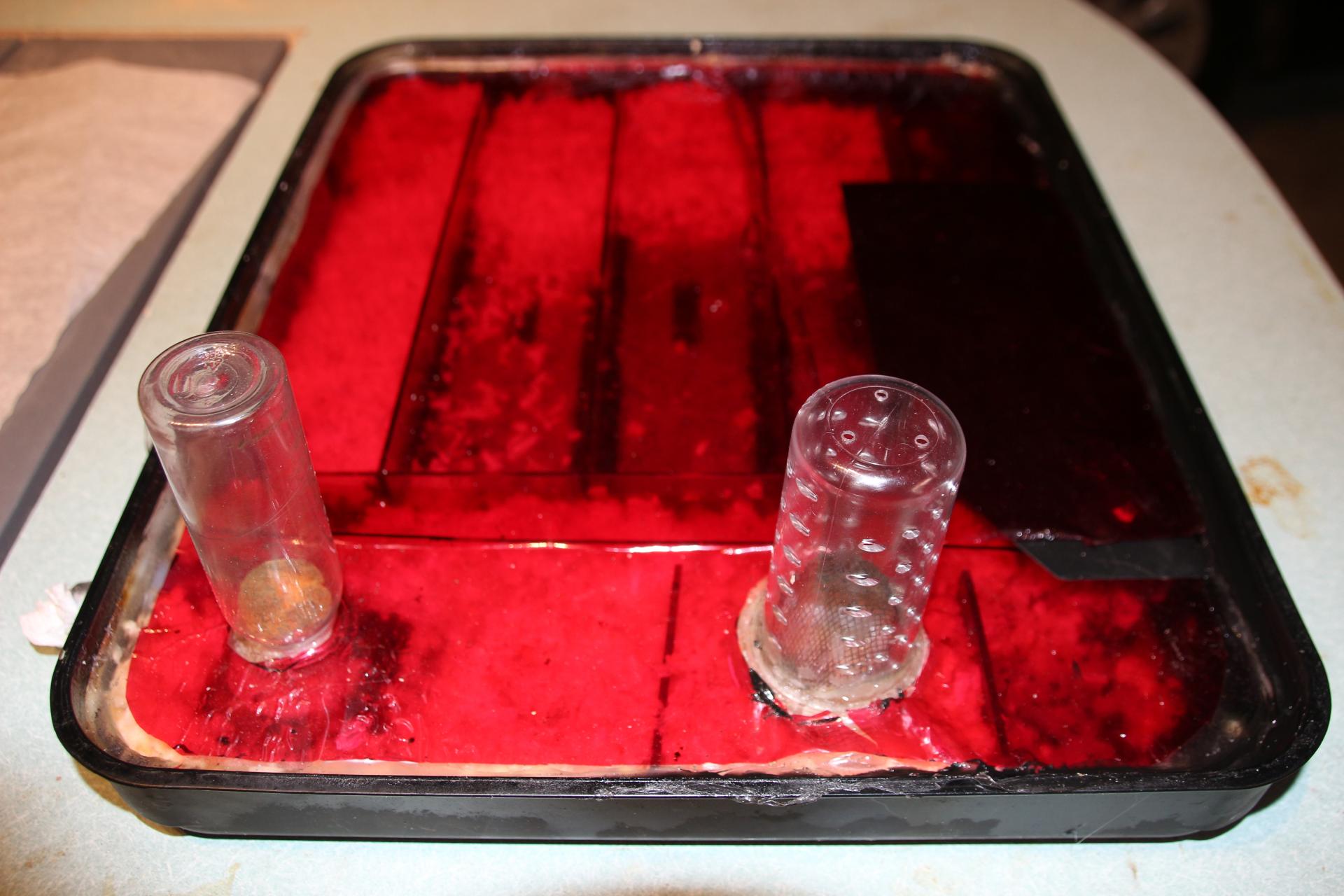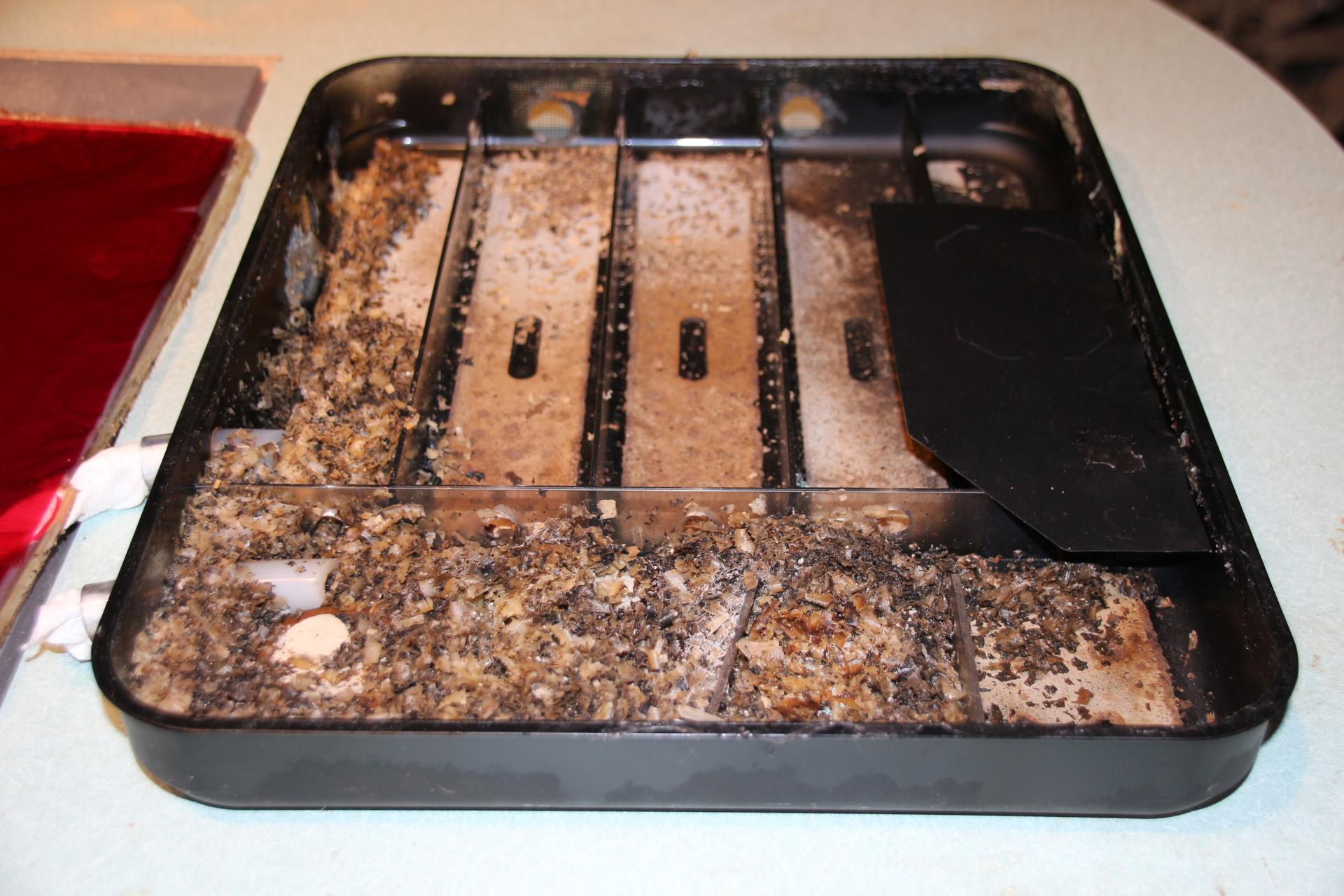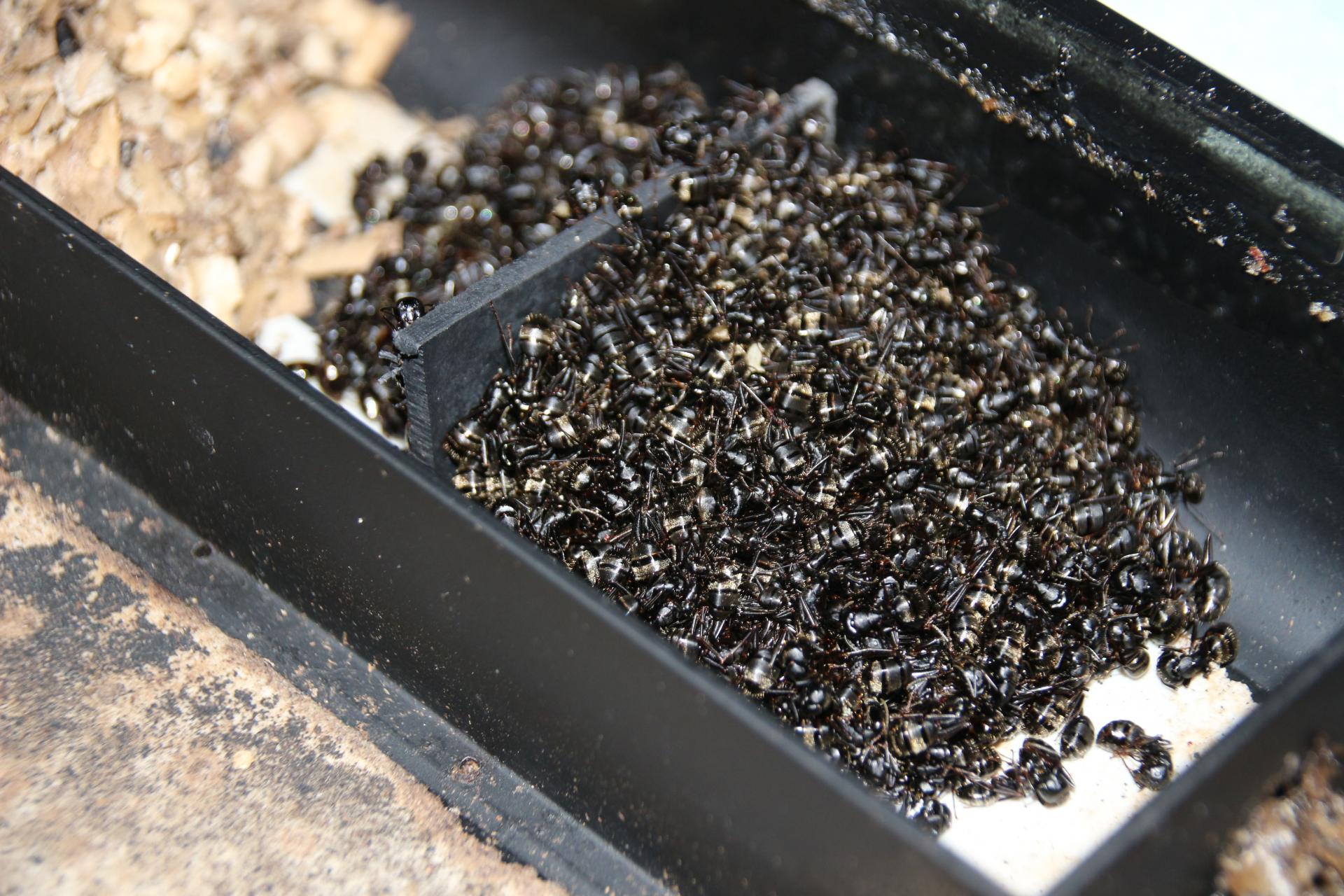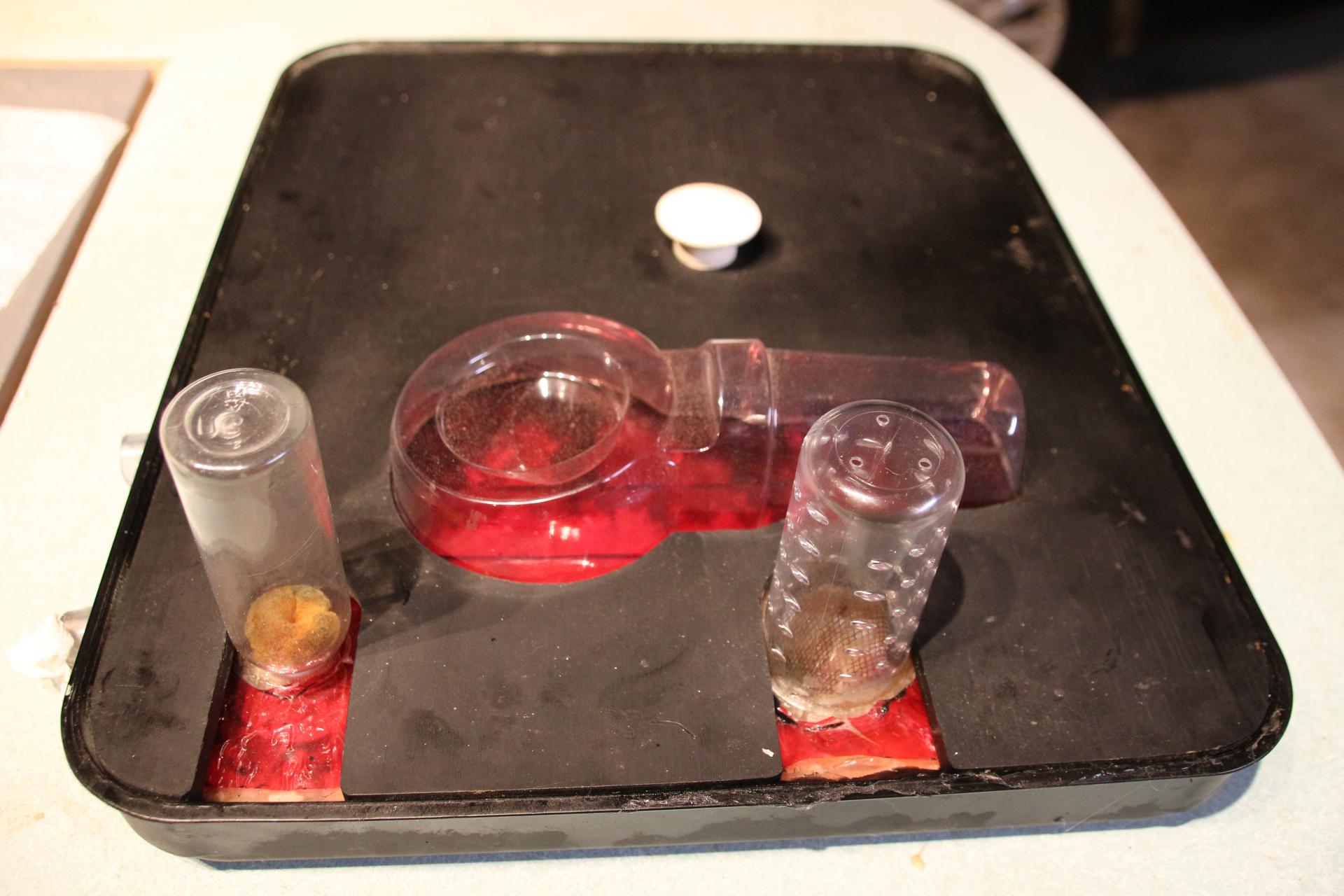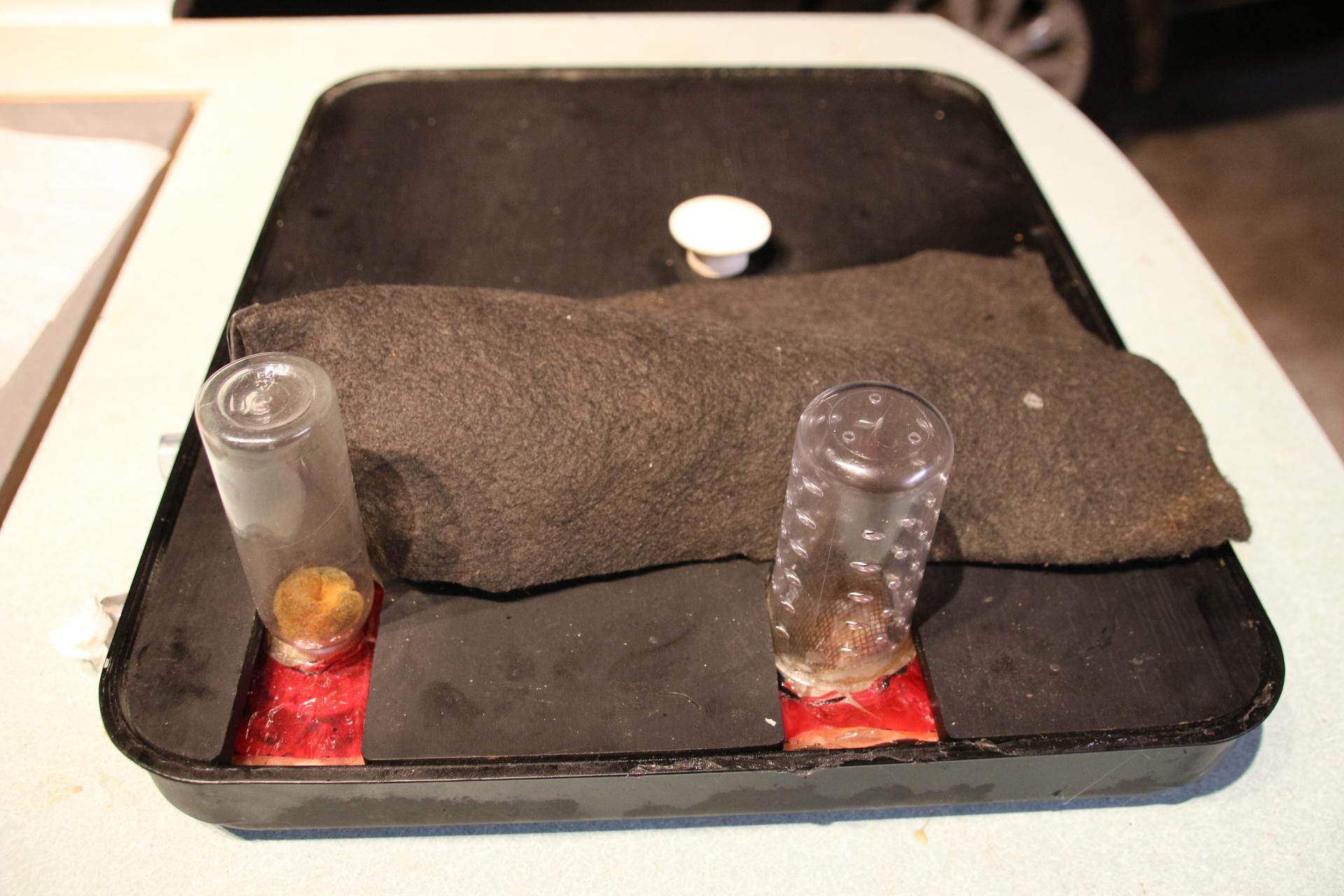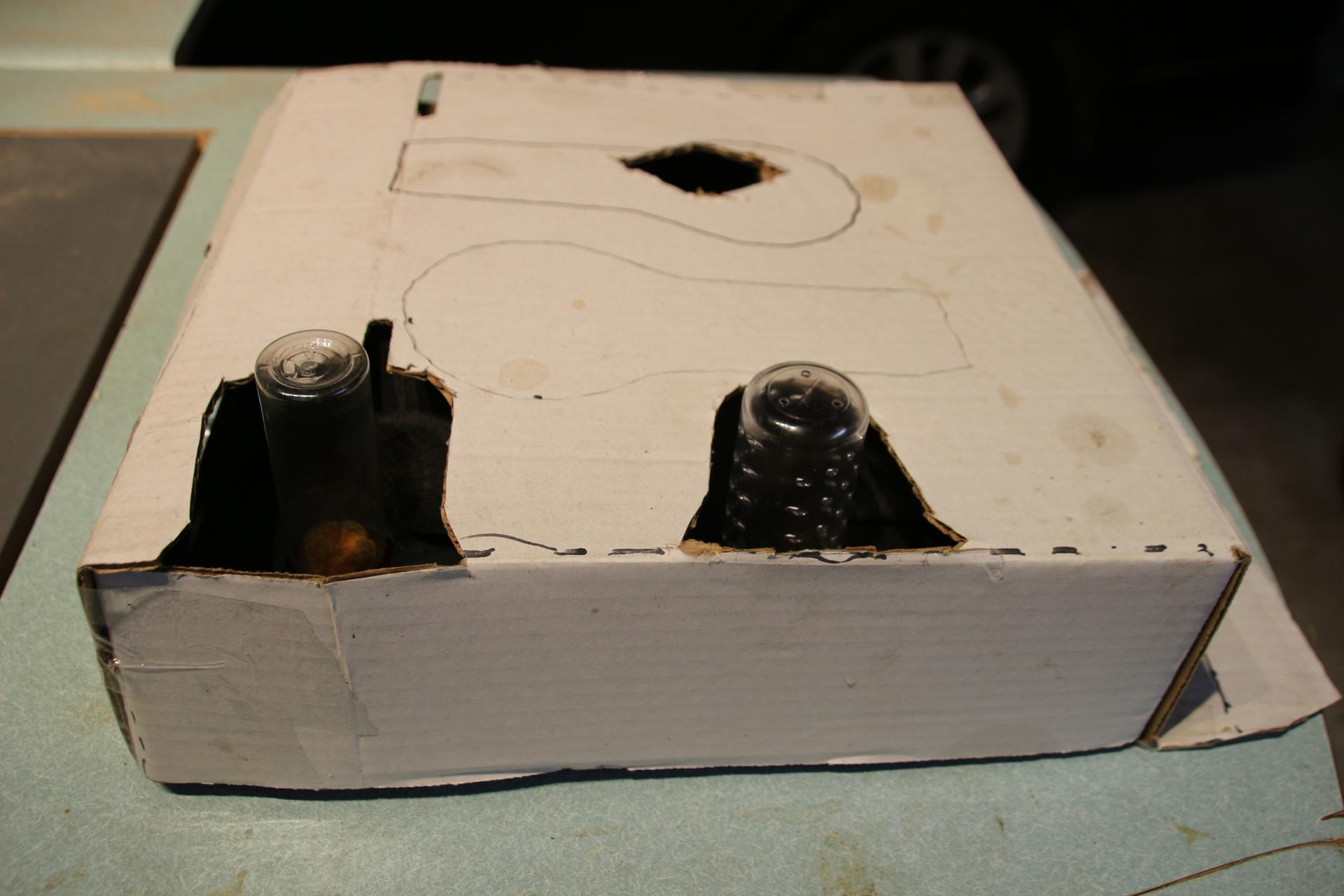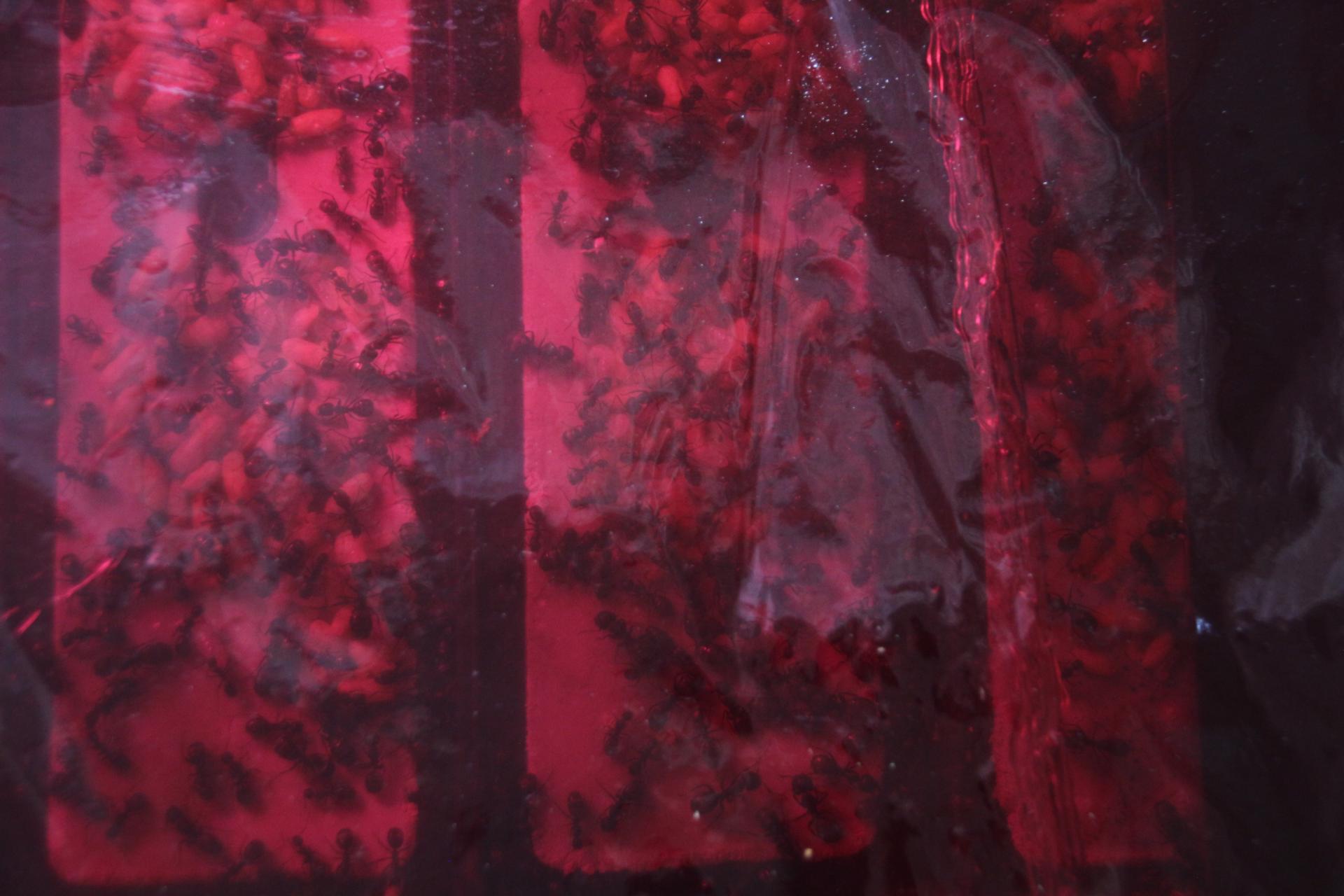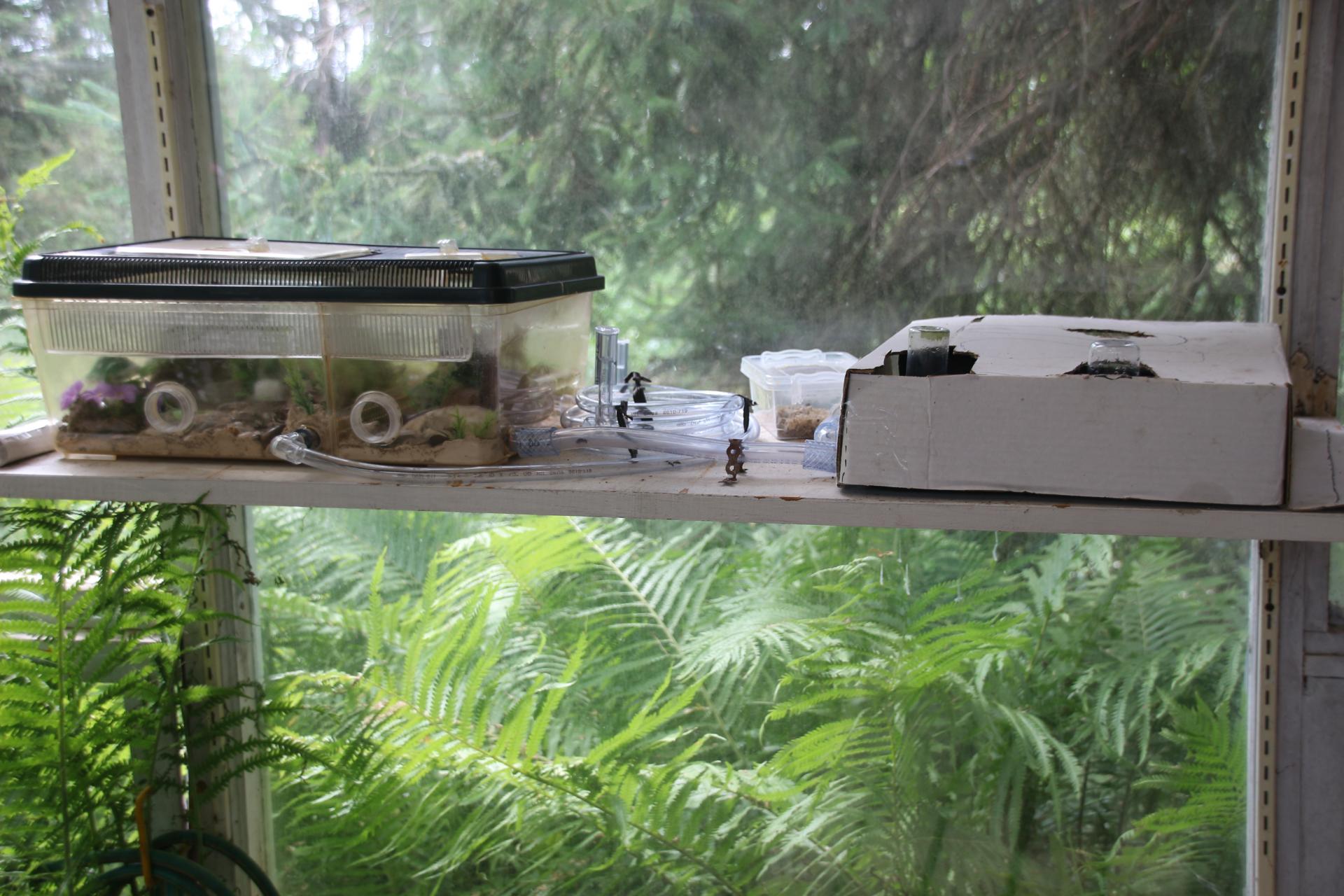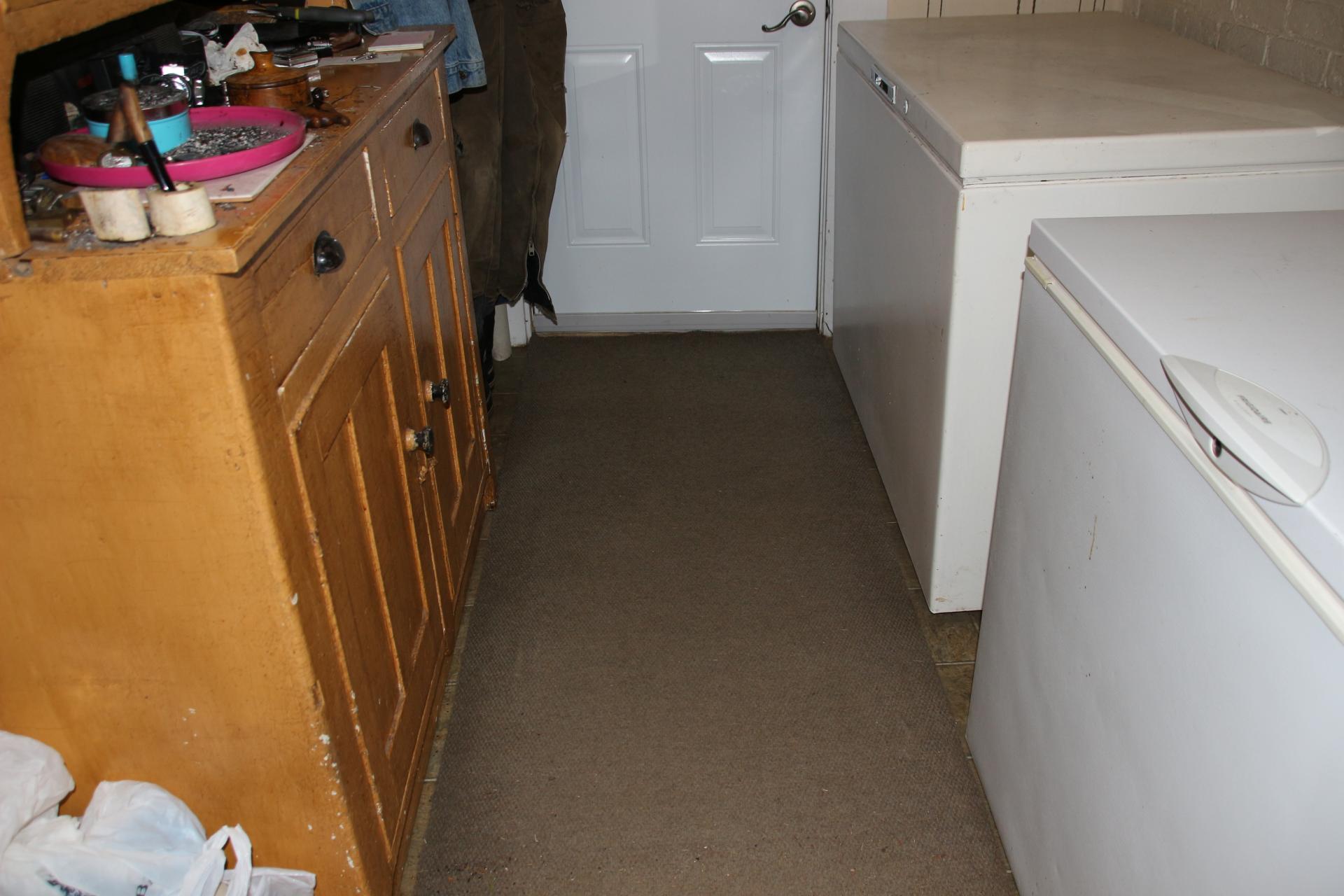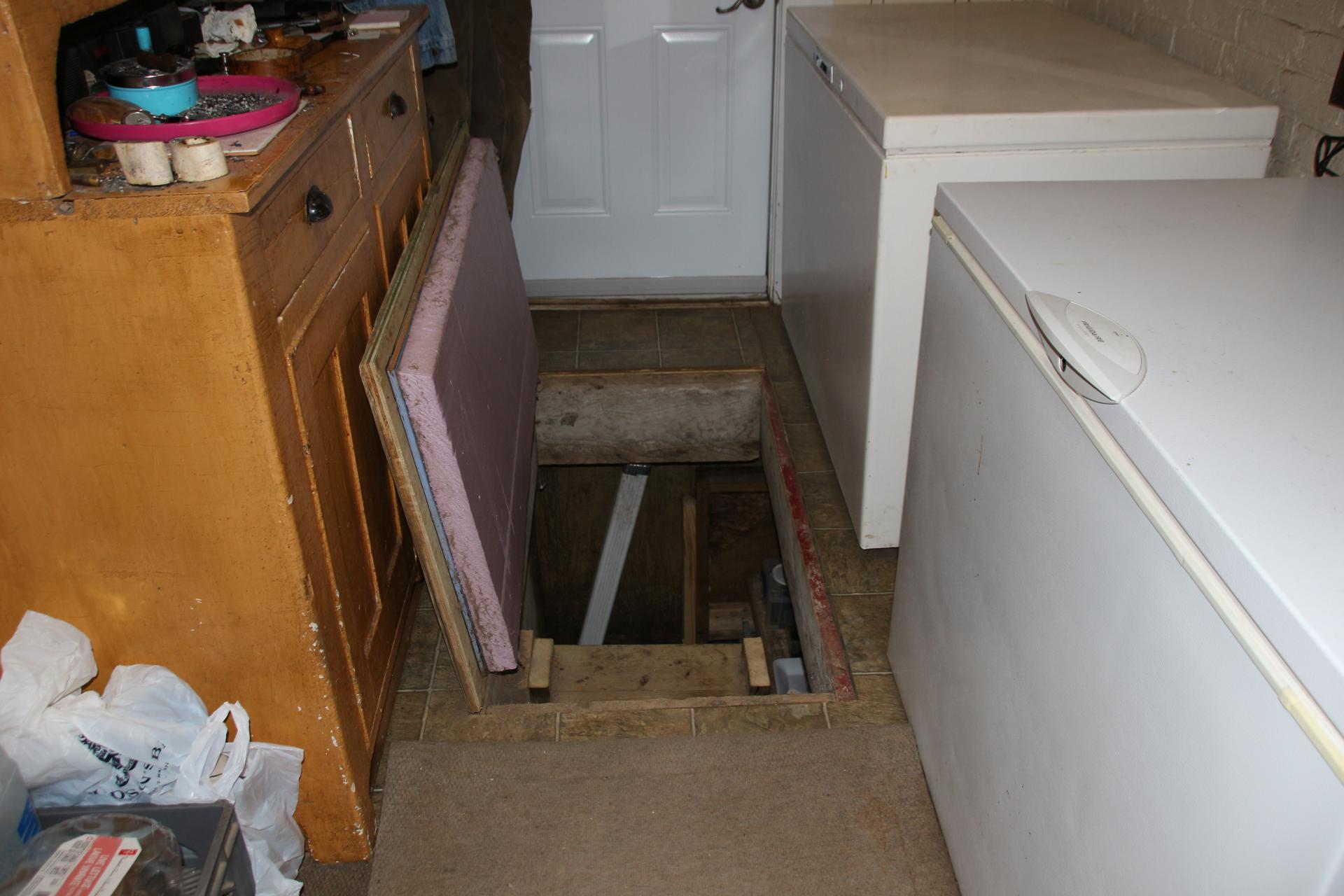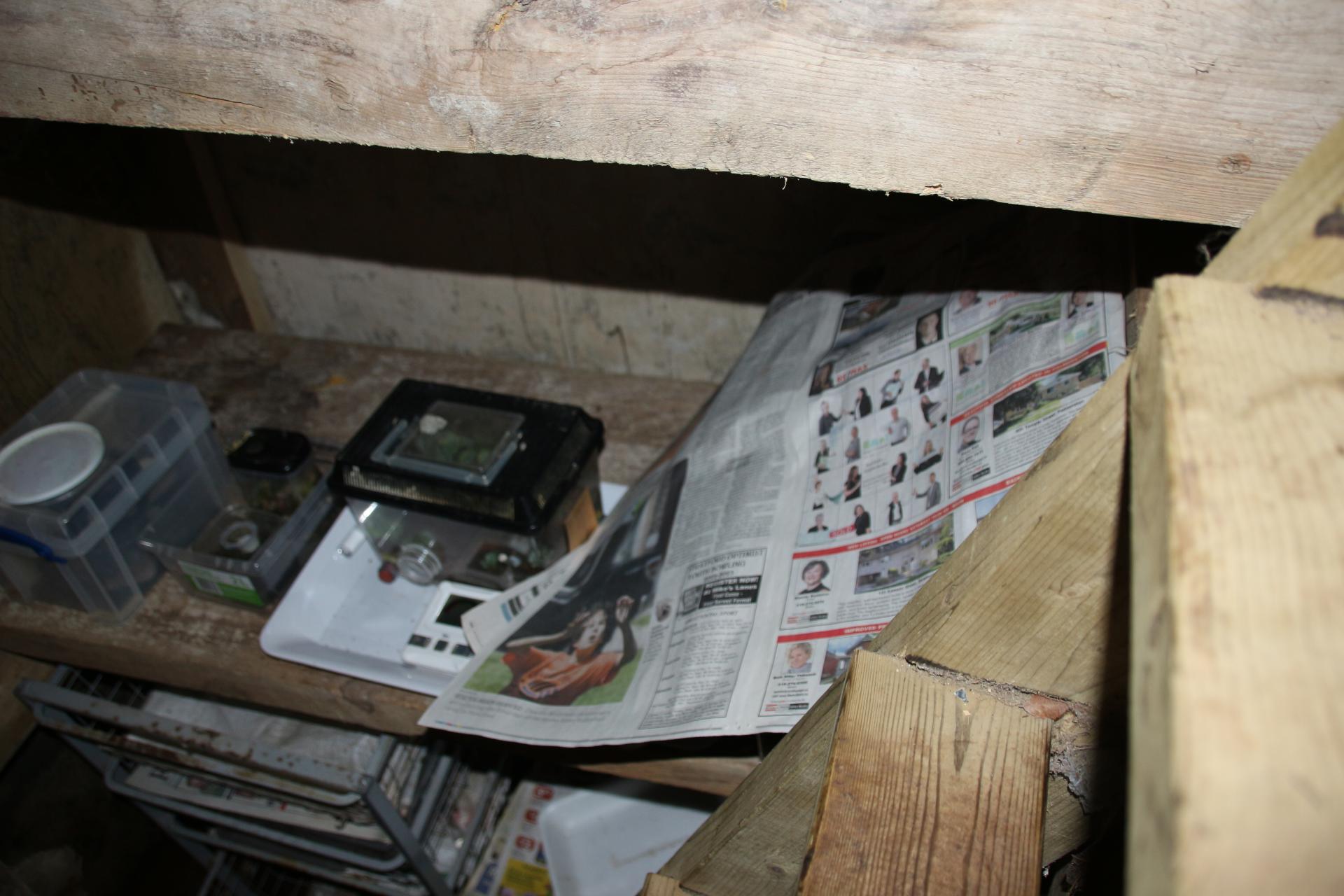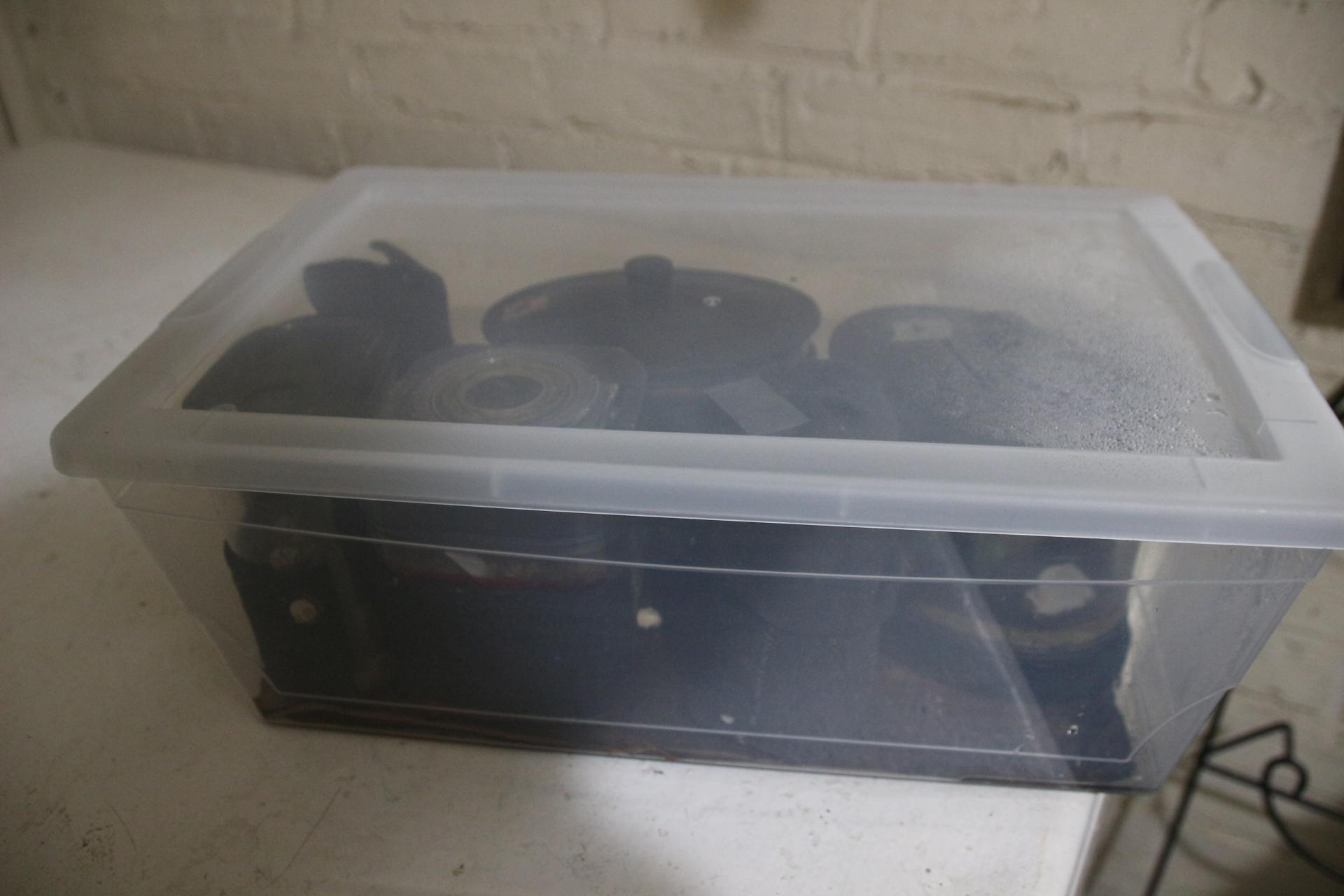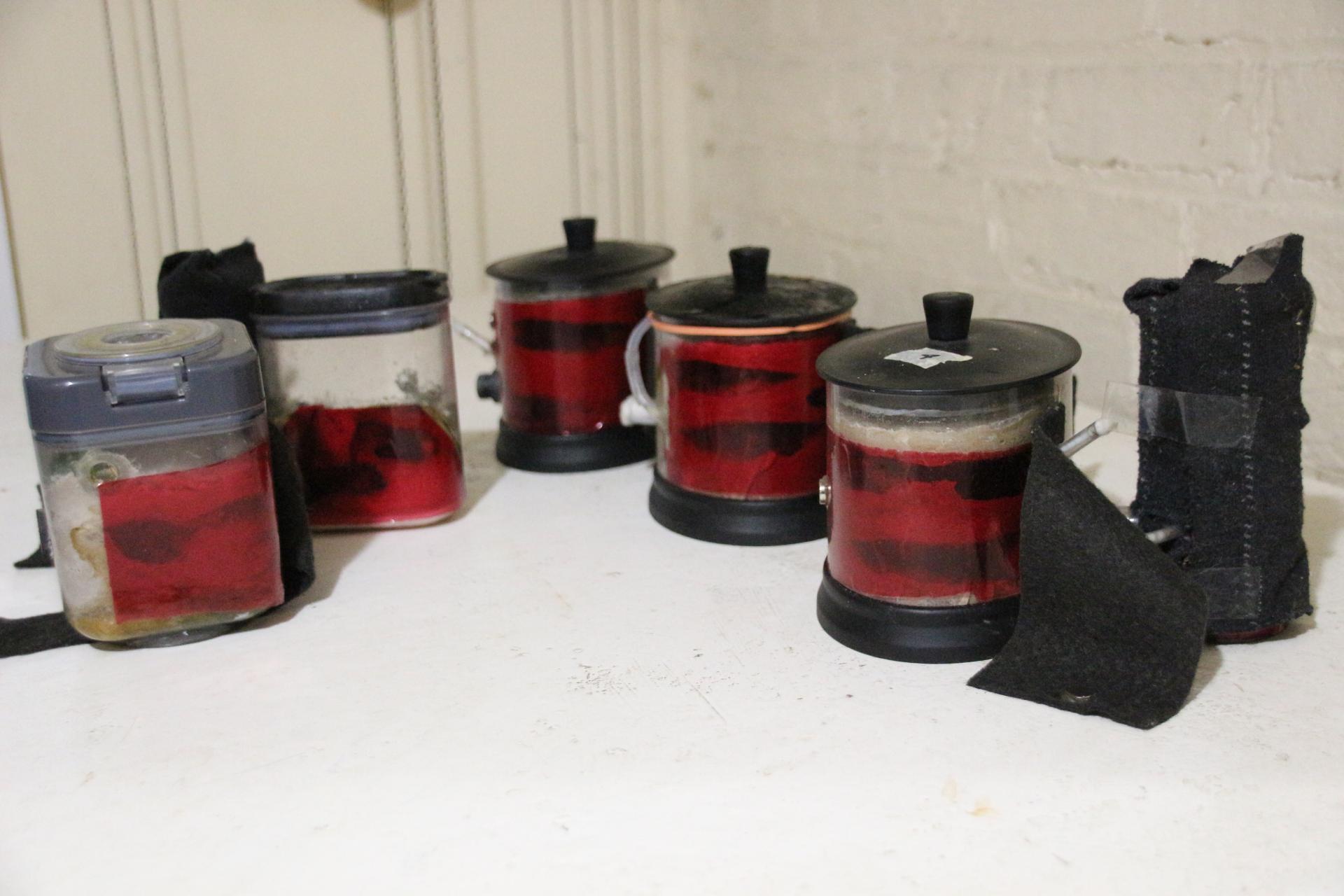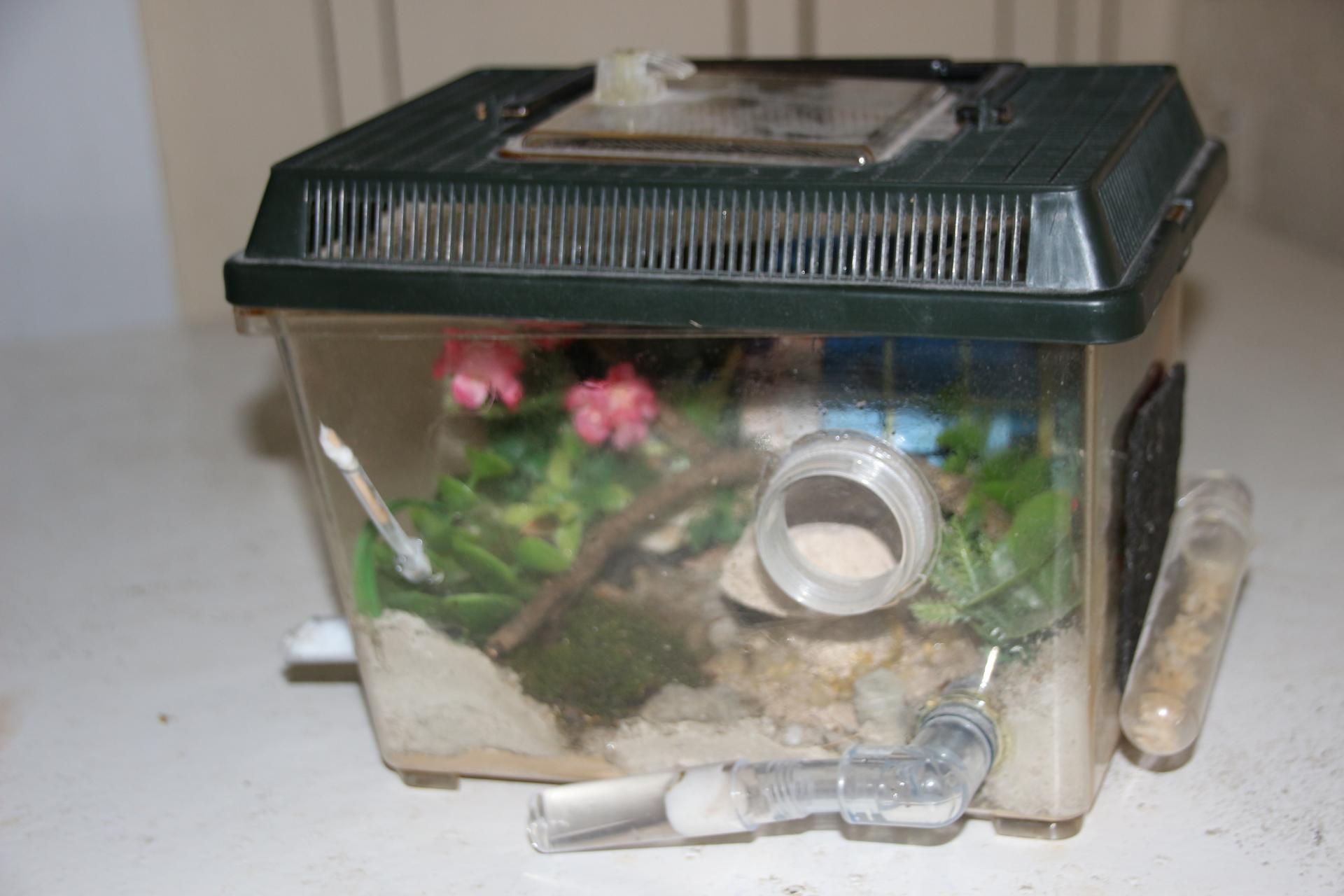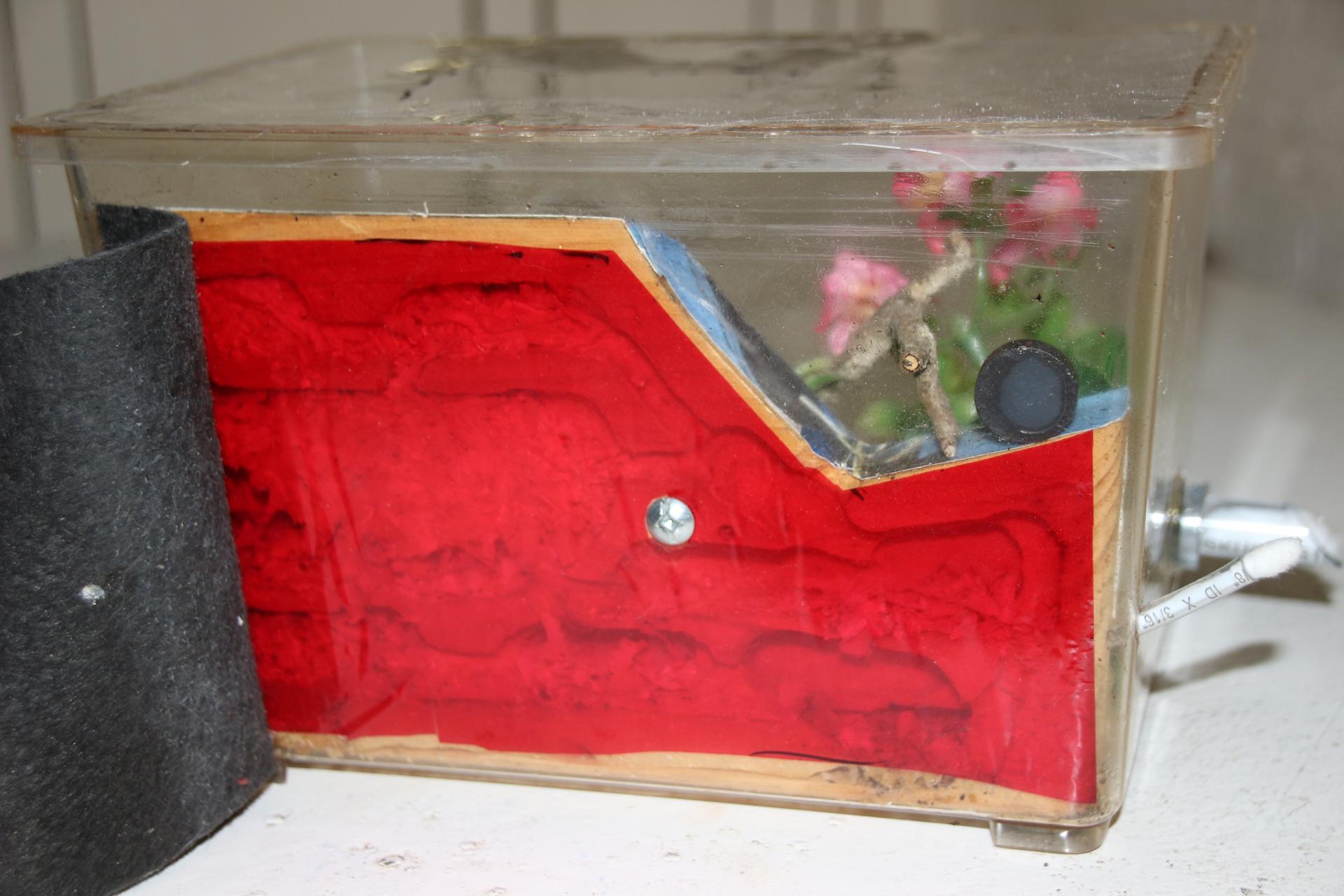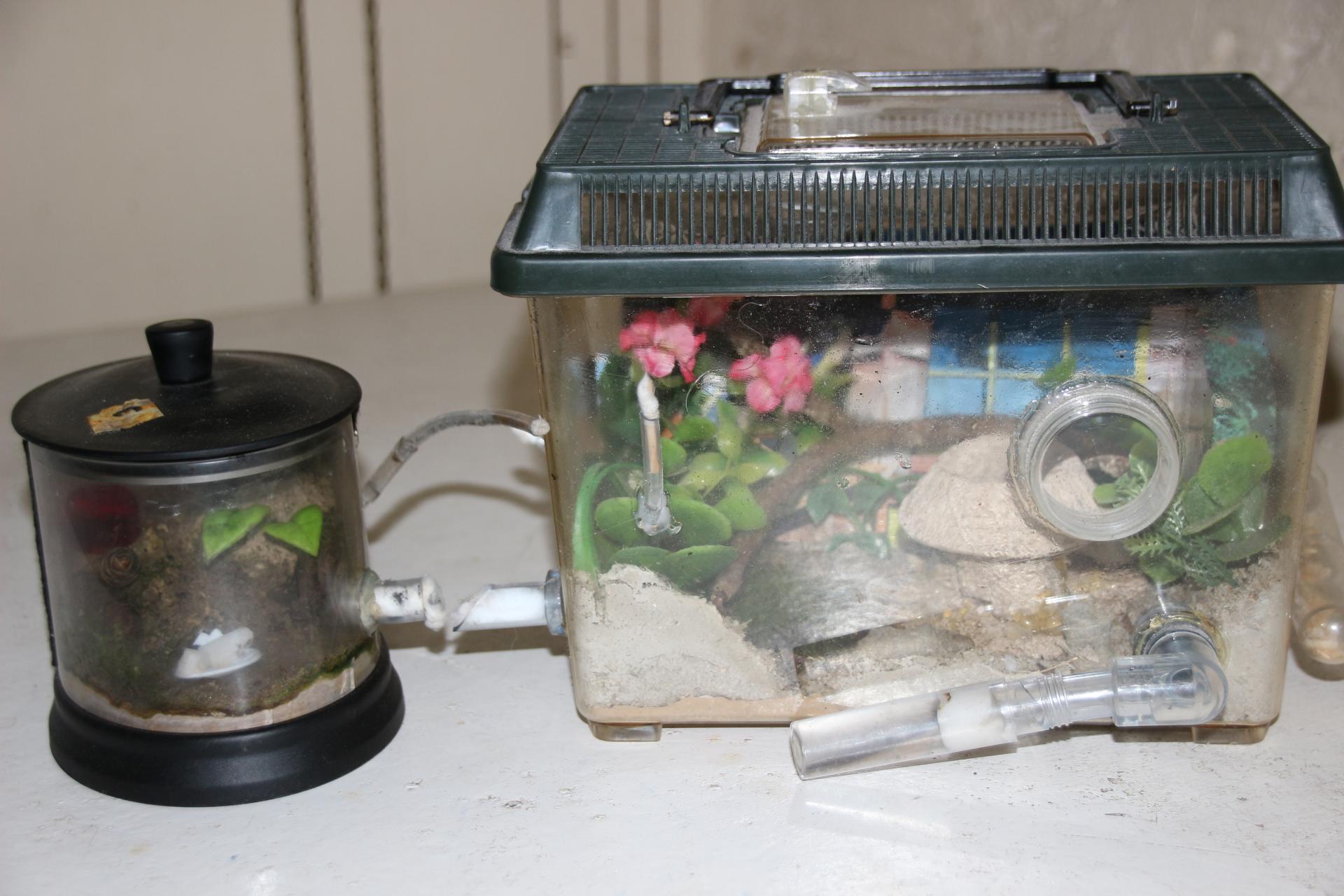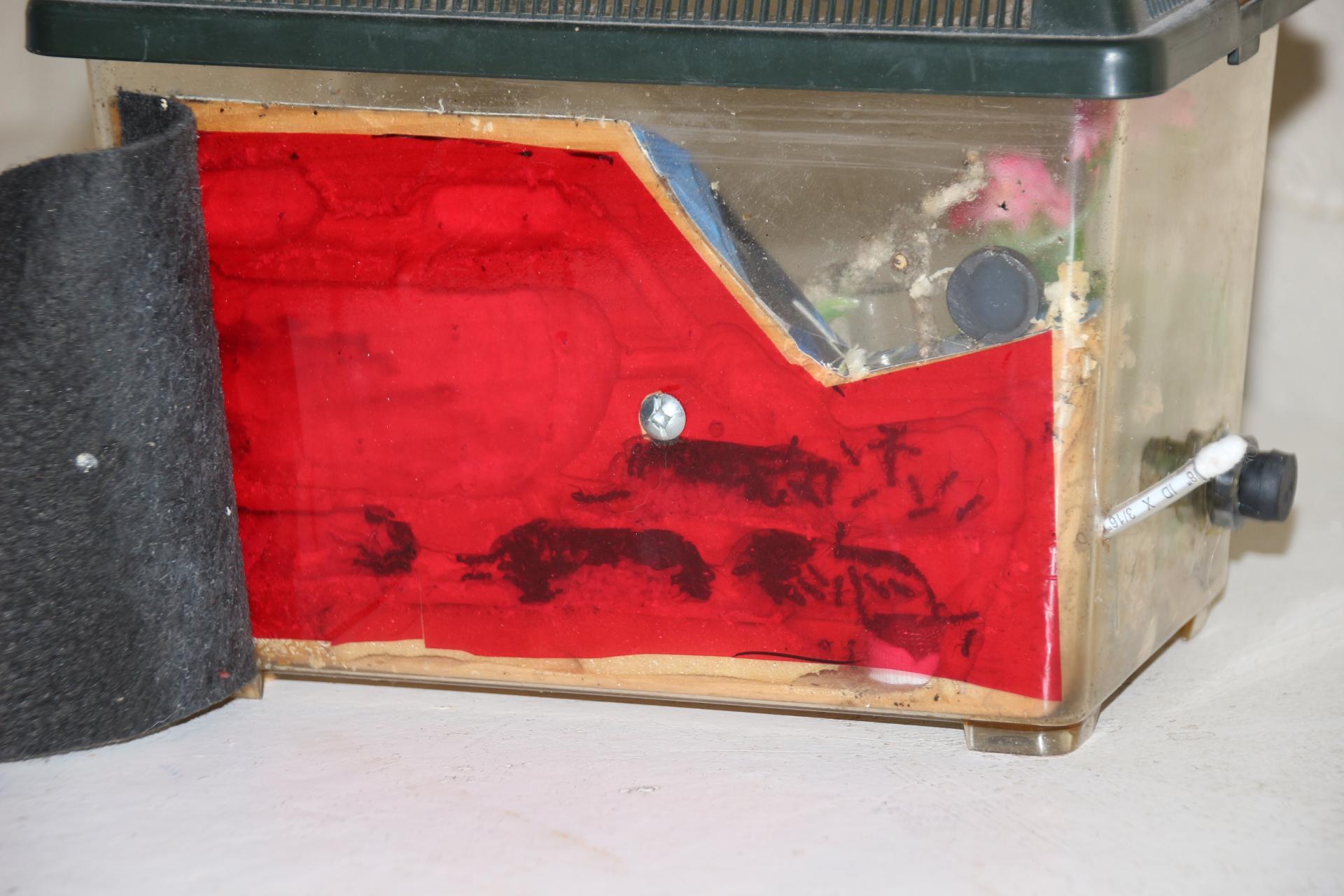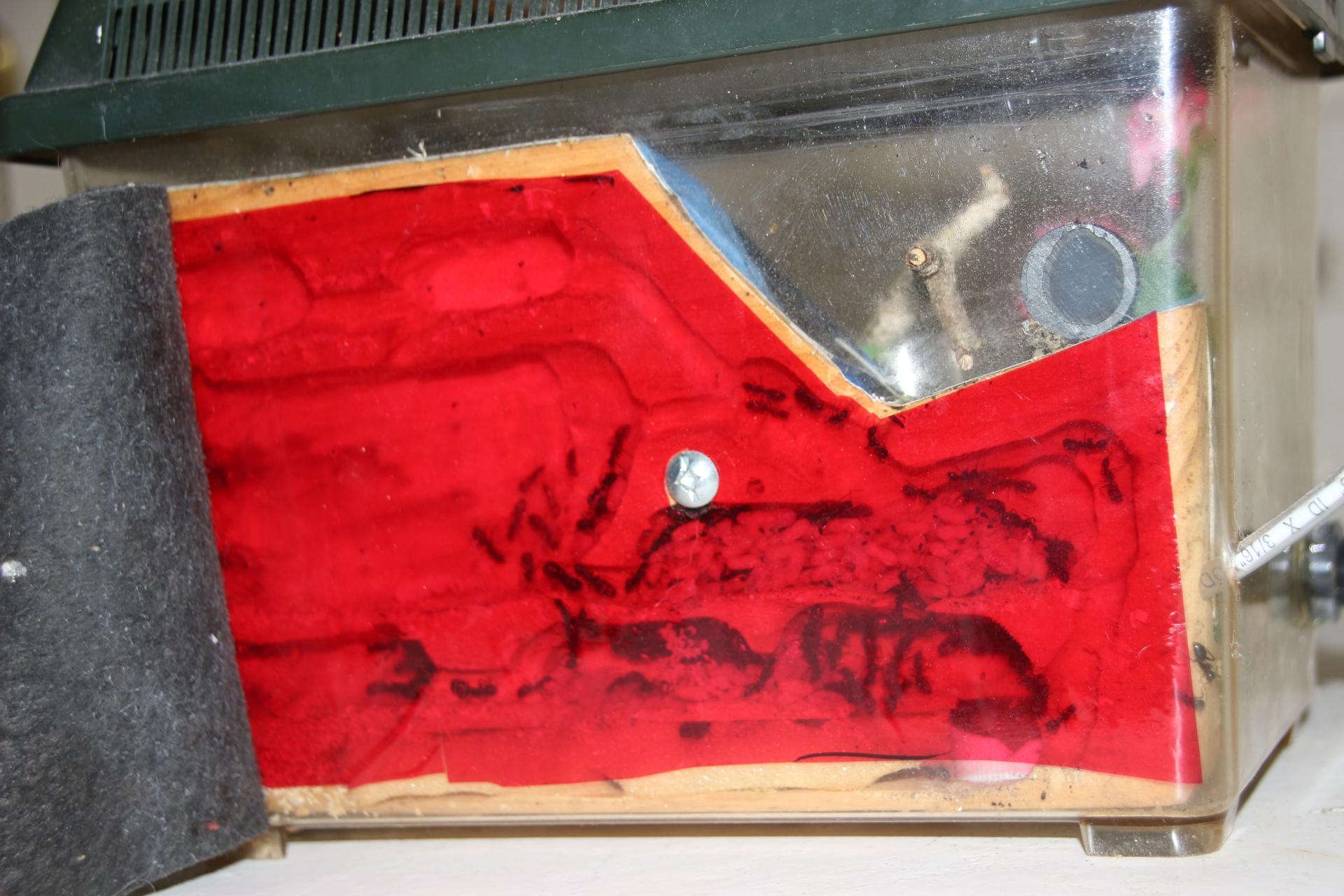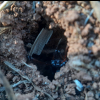RPT's Camponotus Colonies - The Greenhouse Colony
I have written about my Camponotus pennsylvanicus colonies and their formicariums before in the Formicariums and Outworlds section and various other posts. Someone suggested that I write a journal about my oldest colony, the Greenhouse colony, so I'll use this journal to tell you about them and the other Camponotus colonies that I keep.
The Greenhouse colony is the oldest ant colony that I have, including all the other ants that I keep. I tried many times since I was young to keep ants, with varying success. Usually, the life of a colony was short lived as I rarely found a queen and, to be honest, sixty years ago, there was very little information available about ant keeping and only Uncle Milton's ant farm to go by as an example of a formicarium. More recently I've been fortunate to find entire colonies, mainly in firewood, and came close to actually installing them and keeping them but something always caused them to fail. Once, I unknowingly killed an entire colony by using toxic glue in their formicarium. But, I found this forum, learned about ant keeping and began to develop my own ideas about how an ant colony should be kept. I hope you will find this journal a place to learn from my experience.
In the fall of 2020, I was fortunate to find the Greenhouse colony in an old attaché case that I had thrown on the "to be burned" pile years before. I opened it to check one last time before throwing it on the fire and realized that a fairly large carpenter ant colony was living in it. I plugged up their access hole and put them in my garage for hibernation. The formicarium that I designed for them is shown below. Below that is a picture of how it looked when I opened it up yesterday for winter maintenance. It is made out of a drawer insert for silverware that I bought at the hardware store. I drilled holes in it with screens for ventilation, holes for a venting tower and a water tower, and holes between the dividers tor the ants to move between chambers. I also added some dividers to section off a small area for the queen and her entourage. I cut a piece of acrylic for the top and tried to make it fit tight enough to make escape impossible. Small spaces are inevitable, so to eliminate them I caulked around the outside edge. Of course, I would need to be able to remove this cover in the future, so before I put on the clear silicone caulking, I liberally applied Vaseline to the inside edge of the bottom section. I didn't put any on the acrylic lid so the caulking would stick to it and not to the side because of the Vaseline. After the caulking had cured, I ran a sharp knife through the Vaseline around the edge to free the caulking and it lifted out perfectly. The silicone is flexible enough that when the lid is replaced it slides in place easily and no gaps.
The next cover is red cellophane that I find is very effective with Camponotus to reduce stress while being observed. I don't find it works as well for other types of ants and I believe my Camponotus queen can see light or something because she high tails it for cover as soon as I lift the lid.. This is why I have a black out cover on the right hand side as the queen hangs out there. I think a safe refuge for the queen is a must if you want to observe the colony and not interrupt egg laying. I feel quite confident that the queen is doing well when I see lots of brood and nest activity. I don't need to see the queen.
Yesterday I did the winter maintenance with this colony. I did this last winter and it was very successful so I'm doing it again. Initially, this formicarium was too big for the size of the colony, but I wanted to put them in something that would be big enough to last them for a number of seasons. The first season I kept these ants in this formicarium it was completely empty, so as you can imagine, they used a large part of it for garbage and had a very messy nest. So, last winter I cleaned everything out and filled the empty chambers with wood shavings. I have to stress that it isn't sawdust, it's pine shavings from a planer which is less dusty and is in bigger pieces so the ants can carry it easily. I was aware of some comments in other posts about wood shavings being transported into the outworld and making a mess, so I installed a second access tube and attached a small garbage outworld to it. I put some wood shavings and some of their garbage in it so they would get the idea. Also, in spring instead of hooking them up to the outworld right away, I fed them sugar water and food in their entrance tube only.
As soon as spring warmed up they began rearranging the furniture and moving shavings into the garbage outworld. After about a week, I felt they were ready and hooked them up to the outworld. They did move some shavings into it, but most continued to be put out with the garbage. Wood shavings are easy to vacuum out of the outworld anyways and there was very little garbage in the nest. The shavings I cleaned out yesterday were fairly clean but were quite wet, so I cleaned everything out and put in clean shavings, some of which I soaked in water for nest humidity. I also drilled two more access holes between dividers and made some repairs to the water tower where some really small ants had managed to escape through the screen. Throughout this entire operation the ants stayed unaware and undisturbed, one of the beauties of keeping Camponotus. When they're hibernating. they are completely oblivious to disturbance.
After all the repairs had been completed, I reassembled the formicarium. I use a blackout cover with an observation port cut into it that I keep covered with a piece of black felt. Finally, I keep this colony in my greenhouse and there are times late in the day when it is in direct sunshine. To prevent it from becoming overheated, I keep it covered with a white ventilated top.
It's hard to know just how old the Greenhouse colony was when I found it, but since then I have raised other colonies from queens and I realize that it must have been in that attaché case from the beginning when it was thrown on the junk pile. Probably three years because their winter huddle was about the size of two golf balls. Their winter huddle yesterday didn't look that much bigger, but I know there are guard posts in their outworld where groups of ants are overwintering away from the main nest.
The colony is going to spend the rest of the winter in my garage, mainly because it stays a cold, consistent temperature, something I can't expect in the greenhouse. I think it's important to have as little variation in temperature during hibernation as possible to reduce the risk of the ants waking from hibernation prematurely and lately our outside temperatures have been too much like spring for mid February.
To finish this entry, I'll describe the Camponotus pennsylvanicus colonies that I currently keep. I estimate that the Greenhouse colony has seen five seasons and at one point last season I would have sworn there were at least a thousand workers when I lifted the lid. I have four colonies that are two seasons old with about 20 workers each, and two colonies that after one season have seven workers each. This is a picture of the brood pile of the Greenhouse colony on July 11th last year.
This is the summer location of the Greenhouse colony. The nest chamber is on the right, the garbage outworld is in the centre and one of their outworlds is on the left. Tubing connects them to two other outworlds further to the left. You might notice coiled tubing in the centre of the setup. This outworld is divided in two but they have to travel through three feet of coiled tubing to go from one side to the other. They also have to travel through a total of ten feet of tubing to reach the second and then the third outworld, the location of the sugar/water. I can feed them meat and insects in any of the outworlds.
I'm not sure what the protocol is in this type of forum, but if anyone has any comments or questions about this or any of my other posts, please let me know what you think. I welcome your feedback.
RPT



